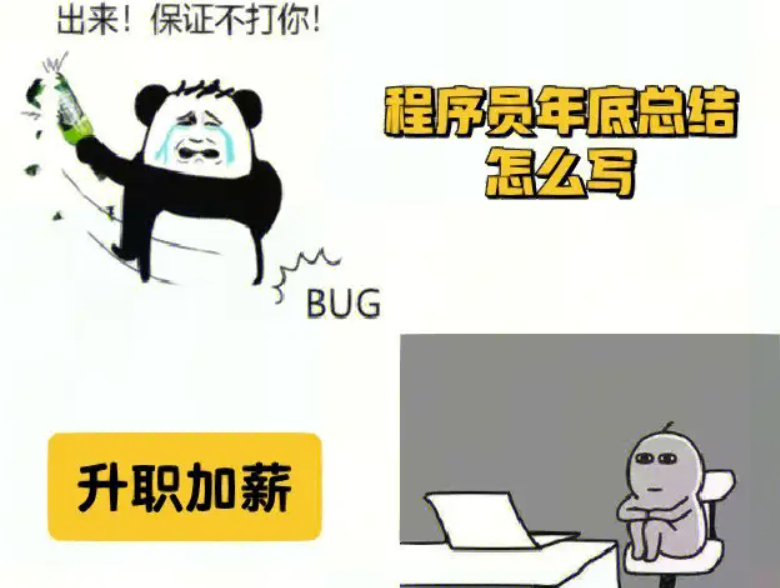If a container fails to start, Kubernetes will automatically attempt to restart it. However, there are times when this can lead to a loop of constant restarting attempts, causing the system to become unresponsive. To prevent this from happening, Kubernetes uses a back-off algorithm that increases the delay between each restart attempt.
The back-off algorithm works by starting with a small delay and then gradually increasing it until it reaches a maximum value. If the container still fails to start after reaching the maximum delay time, Kubernetes will stop attempting to restart it and mark it as failed.
To view the back-off status of a container in Kubernetes, you can use the kubectl describe command followed by the name of the pod:
kubectl describe pod <pod-name>
This will display information about the pod’s current state, including any back-off delays or failures.
To manually reset the back-off timer for a specific container, you can delete and recreate the pod using the following command:
kubectl delete pod <pod-name>
This will cause Kubernetes to create a new pod with a fresh back-off timer.




















